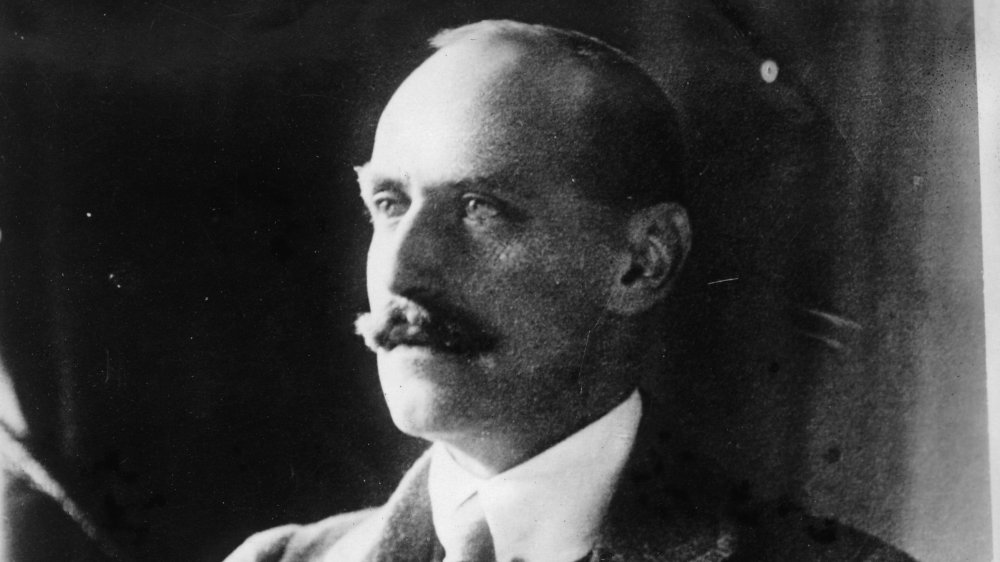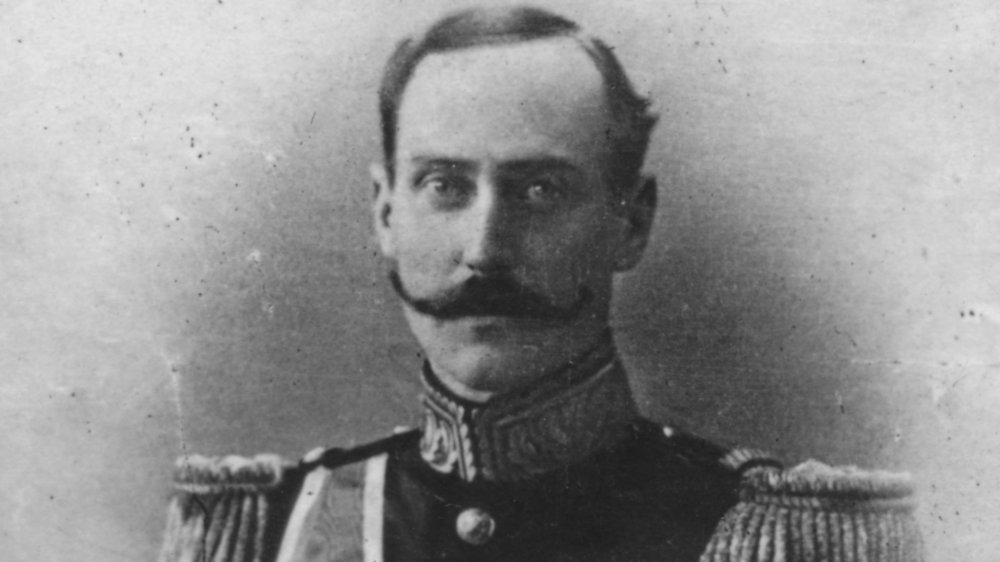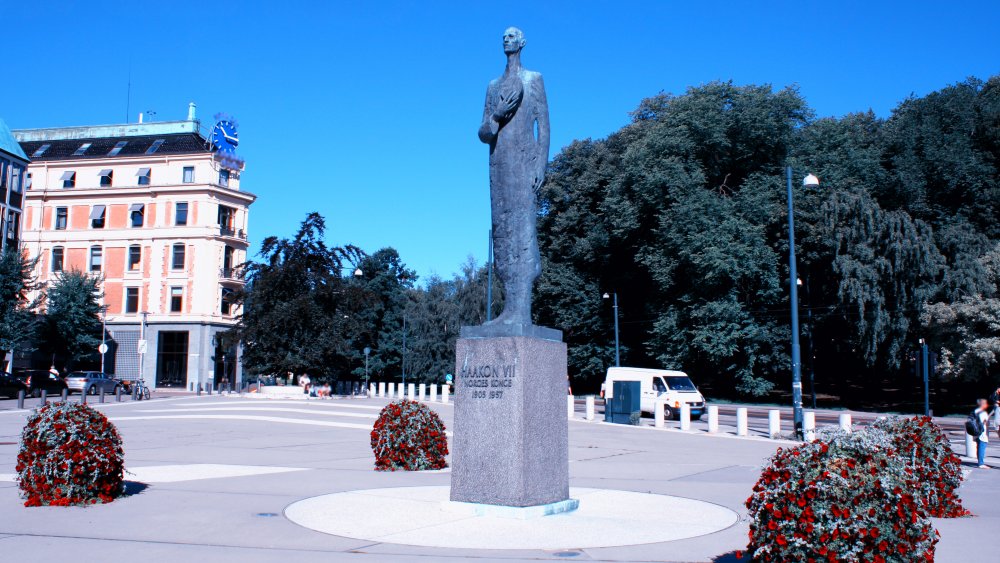The True Story Of The Norwegian King Who Stood Up To Hitler
On April 9, 1940, Hitler's troops invaded Norway, on a mission to arrest Norway's King Haakon VII, force Norway's surrender, and install a puppet government that would be sympathetic to the Nazis. But everything did not go according to plan. For starters, the King — along with the royal family, the cabinet, and members of parliament — had already escaped Oslo for the Eastern city of Elverum, before German forces arrived. In a special meeting in Elverum, Parliament granted King Haakon and his cabinet full authority to take any action necessary to protect the country during the war.
On April 10, King Haakon received a German envoy in Elverum, who listed Germany's demands. Germany wanted Haakon to oust the current Prime Minister, Johan Nygaardsvold, who had staunchly opposed the Germans, per the Royal House of Norway. In his place, they wanted Haakon to install a puppet leader, Vidkun Quisling, who was a Nazi sympathizer and the current leader of Norway's fascist party. To further complicate matters, Quisling had already declared himself to be Prime Minister in Oslo just hours earlier. The King's recognition of Quisling's authority would have given legitimacy to Quisling's government and effectively sanctioned the German invasion.
The Norwegian government unanimously resisted German occupation
The King, however, told the envoy that he could not make any decisions without consulting his cabinet. In an emergency government meeting, Haakon relayed Germany's demands to his cabinet members. The King then made it clear that he could not give in to these demands, and would not install Quisling as Norway's legitimate Prime Minister. Haakon told his cabinet that, if they disagreed with his decision, he would not stand in their way. If they gave in to the Germans, however, he would have no choice but to abdicate the throne, according to the Royal House of Norway. The government unanimously took his side. Later that same night, they announced to the Germans that Norway officially refused to recognize the legitimacy of Quisling's government, and would continue to resist Germany's occupation at all costs.
As expected, Germany did not take the news of Norway's resistance well. They increased military action and launched repeated bombing attacks on Nybergsund, the small town that housed the government. With the assistance of Allied forces, Norway was able to hold back the invaders, but by the end of May, the resistance was beginning to falter. Norway struggled to hold out against German military power.
A king in exile
In June, Haakon decided that the best course of action was to leave Norway. On June 7, King Haakon left the country and established a government-in-exile in London. He continued to govern from afar, keeping up the resistance and coordinating Norwegian military action from abroad, according to World War II Database. Haakon refused to abdicate the throne and cede legitimacy to Germany's occupation government in Norway.
In September, the German occupiers declared King Haakon deposed, but he refused to acknowledge their authority, insisting he would continue to govern his country from London. Haakon became an important symbol of the resistance in Norway, and many Norwegian citizens wore clothes or jewelry bearing his monogram, as a secret sign of their solidarity with their king and opposition to the German occupation.
King Haakon kept fighting in exile for Norway's liberation until Germany's surrender on May 8, 1945. Five days later, King Haakon VII was finally able to return home.


